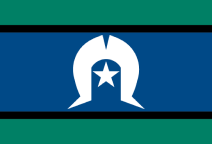‘Design thinking’ is an approach to create products that meet the needs of users. It’s a process that starts with an understanding of customer or user needs before designing, testing with users and creating a product or service for market.
It has also been applied in other areas, such as web usability and marketing to track, map and develop the customer experience.
‘Business design’ is a relatively new evolution that puts the user of your product or service at the centre of everything your business does.
The approach offers businesses a way of keeping competitive in the face of rapid digital disruption, quickly evolving technological changes and short product cycles.
Being customer focused may be obvious, but very few enterprises – particularly SMEs – employ this approach, says David Schloeffel, National Business Design Adviser for the Entrepreneurs’ Programme, run by CCI on behalf of the Federal Government.
Schloeffel said the customer-focused approach is good for all enterprises, particularly start-ups.
“Often, start-ups get an idea and they run with it really hard and develop it. But they’ve got to be careful they don’t end up with a solution looking for a need – and there’s got to be a need for it, otherwise why is anyone going to buy it?”
The process
The classic approach to activating and implementing ‘design thinking’ involves four areas: discover, define, develop and deliver.
Discover
If you have an idea to create something, it’s important to avoid making assumptions about how popular that idea will be among potential customers, says Schloeffel.
“That’s the big mistake most people make – they make assumptions and go straight to creating a solution,” he says.
Instead, he suggests working with users of similar products to try and identify a customer perspective: “What are their needs, what are their joys – so you can give them more joy? And what are their pains, so you can lessen their pains?”
When identifying needs, it’s important to understand that all consumers are trying to achieve something when they buy a product. It can be based on a rational or emotional need.
For example, that need may be a 30-cent plastic cup because you want a drink of water right now. Or you may want a $500,000 Lamborghini because you want people to realise you’re very successful.
Schloeffel, who has worked for more than four decades in the marketing sector, says the best way to gather valuable insights about consumers is to watch them using a similar product to your idea.
“Just stand back, observe and listen to their commentary as they’re using it. And ask them questions about what they’re doing: ‘Why did you do that? Why aren’t you happy? Why are you happy? Why do you want to use this product?’,” he says.
Be wary of traditional research methods like focus groups and surveys: “Most focus groups are held in the evening with a bottle of wine. Are you really getting true indications of how people actually do things? They’re not going to remember how they use a detergent or stack a dishwasher, for example”.
And avoid asking people what they want. People don’t know what they want, says Schloeffel.
“I’m not being rude. This is nothing new – Henry Ford knew this 130 years ago when he said: ‘If I had asked people what they want, they would have said a faster horse’. Don’t ask people ‘what?’, ask them ‘why?’”.
In addition to obtaining a user perspective, he recommends also undertaking market research to find what products are working and where opportunities exist.
Define
Once all the data has been collected, analyse it to come up with key statements around the problem to be solved or the opportunity that can be taken advantage of.
Develop
This is the ideation phase in which you come up with as many ideas as you can to solve the problem. You then ideate with the consumers or users you worked with originally until you come up with two or three prototypes.
“Most people will go with their first idea because it’s the obvious one,” says Schloeffel. “Edward DeBono says go with your fifth idea. Other creatives say go with your 20th idea”.
Delivery
Start with two to three working prototypes and refine them into the one that will be rolled out as the product or service.
While ‘design thinking’ is about understanding the user and developing the product or service, the business also needs to understand itself, says Schloeffel.
The Business Design Service, available through CCI’s Entrepreneurs’ Programme, helps formalise development of business foundations through the uPAT Framework:
- Users: starting the user-centric journey
- Purpose: why the business exists
- Aspirations: what the business aspires to be
- Tenets: guiding business beliefs and values.
Once the foundations are in place, deeper business design work can proceed to help businesses better understand, connect with and, ultimately, better sell to users and customers, says Schloeffel.
This work includes:
- Approaches and processes to become more user/customer centric
- Developing user identification tools such as personas, journey maps and ‘jobs-to-be-done’
- Optimising user-connecting brand strategies
- User/customer-based business modelling
- User centric innovation systems.






